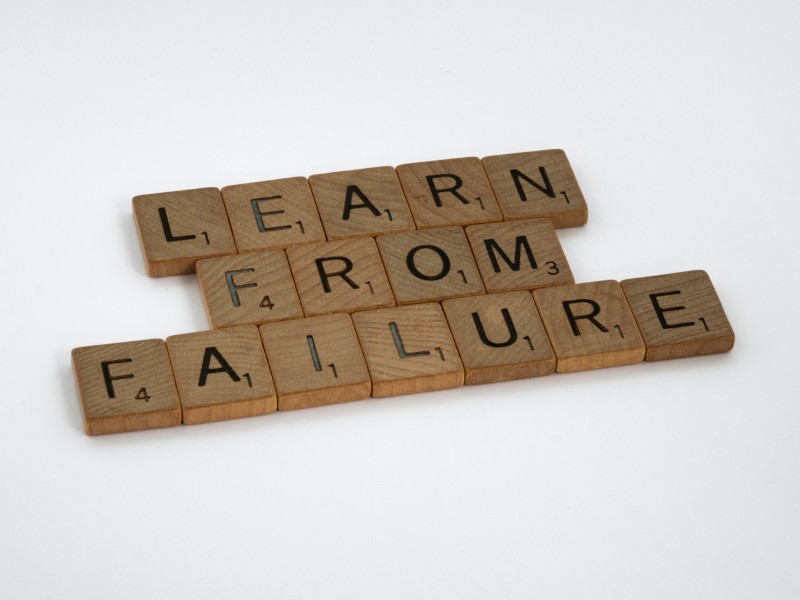By Hank Marquis
The 7 Habits of Highly Defective IT Experiences

Image Credit: pexels.com/@brettjordan
Habits that made you successful in the past are hard to change. But without failure there is no learning. Don’t doubt yourself. Learn from what didn’t work, and build new habits that do.
If you’ve been in IT long enough, you start to notice repeating patterns. Years ago, I realized that certain behaviors showed up whenever the experience broke down — the same kinds of mismatches between what people expected and what they actually perceived. Anyone who’s read Completely Satisfied will recognize this idea: small gaps compound into big problems.
These “habits” kept appearing whenever service experiences drifted outside the zone where people felt things were working. I’m not interested in judging why they happen. I’m interested in recognizing them and helping people move past them.
Decisions always look obvious in hindsight. In real time, most leaders are trying their best with the information they have. But after seeing the same experience failures again and again, it became clear that a handful of habits show up more than others — and once you can see them, they can be unlearned.
The seven habits that follow are not personal flaws. They’re normal reactions inside complex IT environments. The only problem is that they quietly undermine the experience people have with IT services. They reminded me of Covey’s famous book, except these work in reverse.
I want you to be successful when you work to improve your IT experience. With the right understanding, these habits can be replaced with better ones — the kind that produce strong perceptions, aligned expectations, and a healthier overall experience.
The Habits
Here are the patterns that most often show up when IT experiences fall short of what people expect. You may recognize a few.
- Ignoring self-development and working yourself to exhaustion instead of sharpening the saw.
- Reacting to circumstances instead of taking responsibility for the experience and being proactive.
- Jumping into interesting engineering work without a clear vision of the experience you’re trying to create.
- Focusing on the easy tasks instead of the ones that move you closer to the experience people actually want.
- Failing to build strong relationships with users, customers, and IT staff instead of aiming for win-win outcomes.
- Designing solutions before understanding how day-to-day users and support staff actually work.
- Creating in isolation rather than co-creating with the people who depend on the service.
Which have you seen?
Which have you struggled with?
Which have you already overcome?
21 Days
These are habits, not character traits. Habits can be changed. Research suggests it takes about twenty-one days of consistent practice to replace an old habit with a new one. If any of these rang true, you’re closer to the solution than you think.
It starts with noticing what you’re doing now and being willing to try something different. With enough repetition, the new behavior becomes natural — and before long, you’re practicing the habits that lead to healthier, more effective IT experiences.
If you’re curious how these patterns show up inside real perception and expectation data, the preview of Completely Satisfied or a sample Hailee transcript can make the ideas much easier to see.
Please comment or reach out and let me know what you think, I'd love to talk with you!
Best,
Hank
— END —
Got questions? Let's talk! Contact me via email, or connect and chat with me on LinkedIn